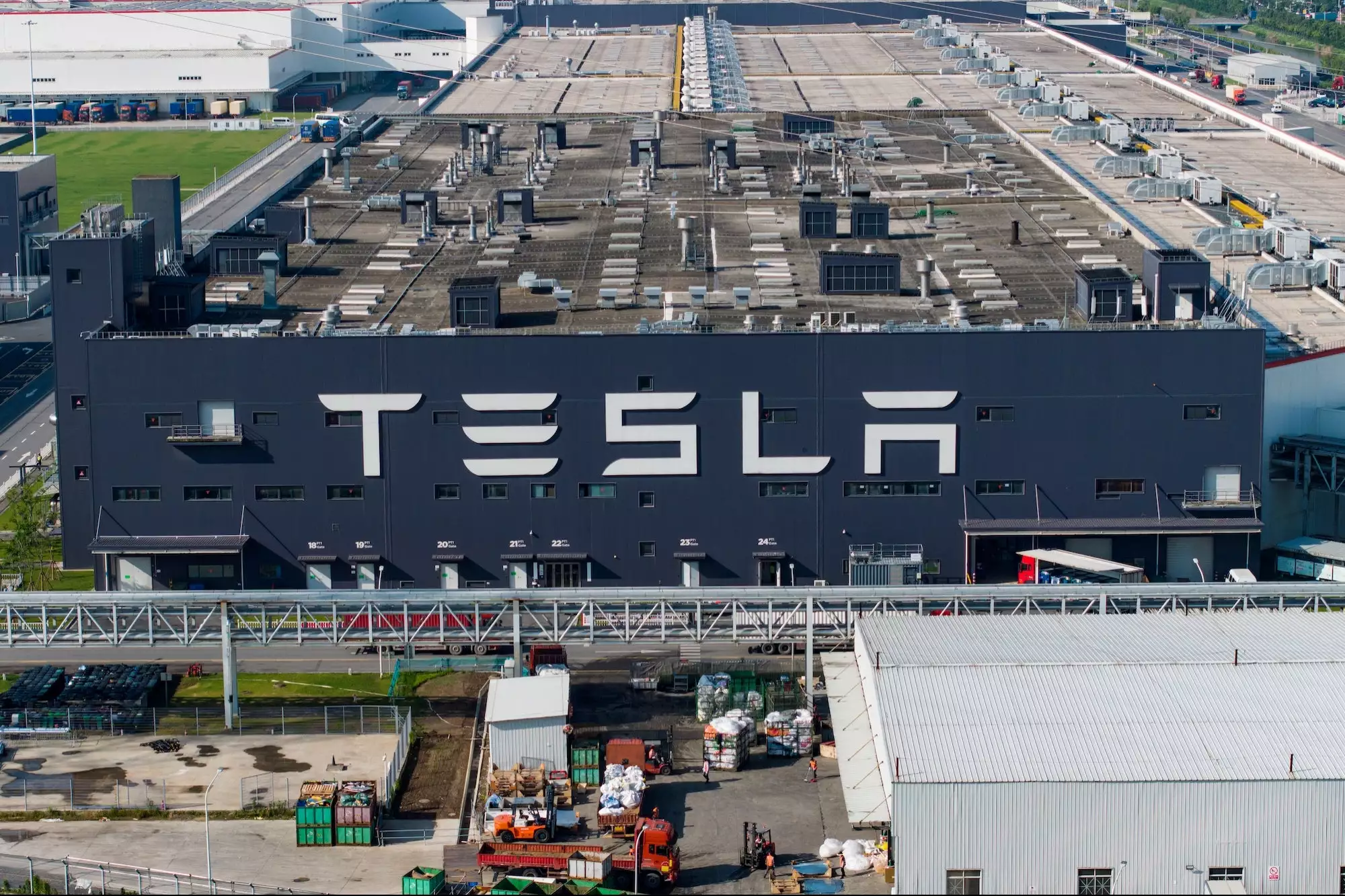Central banks in developed countries are currently combatting rising inflation by increasing short-term interest rates. While these efforts aim to control price growth, they carry the risk of exacerbating inflation in the future. The consequences of these rate hikes are particularly noticeable in the housing sector, with construction slowing down and housing shortages worsening. This article explores the potential implications of higher interest rates on housing costs and highlights the challenges faced by policymakers in balancing inflation control with the need for affordable housing.
Impact on Construction and Housing Shortages: In North America and Europe, the effects of higher interest rates are already apparent, as construction activity begins to decline. For example, in the United States, new building permits for private housing fell significantly in April compared to the previous year. Similarly, residential building permits in the eurozone have experienced a decline, leading to a slowdown in construction. These trends can be attributed to the increased costs faced by developers and potential homebuyers, which reduce demand for new housing and prompt project delays.
Rising Rates and Inflation
The current housing shortage crisis in many developed countries is closely tied to rising rents, a key contributor to inflation. In the United States, shelter expenses constitute a significant portion of the consumer-price index and have been a driving force behind the recent surge in prices. This situation is more severe in high-cost cities, where a substantial portion of household income is allocated to rent payments. Given the impact of housing costs on inflation, the measures taken to address inflation by raising interest rates may inadvertently contribute to future inflationary pressures through increased rents and home prices.
Higher mortgage rates and a slowdown in property development should theoretically lead to lower construction and land costs due to reduced competition among builders. However, the expected decline in costs has yet to materialize. Land prices, in particular, tend to remain sticky, as landowners often prefer to wait for prices to rise rather than sell at lower rates. Additionally, construction costs remain high due to labor shortages and expensive materials. The recent increase in interest rates by the European Central Bank (ECB) has further intensified the challenge by significantly raising annual interest on construction loans. These factors combined have made it harder for developers to generate profits, resulting in a reduction in construction activity.
The German Scenario
Germany provides a case study of the consequences of higher rates on housing construction. The country’s largest for-profit apartment landlord, Vonovia, has announced that it will not initiate any new projects this year due to increased inflation and interest rates. The lack of new housing projects will exacerbate the existing housing shortage, posing significant challenges for households in finding suitable homes. The CEO of Vonovia, Rolf Buch, has described the situation as a catastrophe for German society.
While policymakers prioritize controlling inflation, they face the challenge of striking a balance that avoids detrimental consequences for housing construction and affordability. Historically, during periods of high interest rates, governments have intervened to ensure ongoing construction. For instance, the U.S. federal government constructed public-housing units in the decades following World War II, supplementing private developers’ efforts. Additionally, tax rule changes in the early 1980s made rental-apartment development more profitable, leading to a construction boom. Today, with a divided Congress, large-scale federal intervention seems unlikely. Instead, the responsibility falls to state and local governments to ease zoning restrictions and expedite permitting processes to encourage construction and address housing shortages.
Conclusion
As central banks raise interest rates to combat inflation, the repercussions on the housing sector are becoming increasingly apparent. The slowdown in construction and worsening housing shortages pose long-term challenges for affordable housing. While policymakers face the difficult task of taming inflation, they must also consider the implications for housing costs and availability. Collaborative efforts between federal, state, and local governments, along with the private sector, are needed to promote construction and address chronic housing shortages. By striking the right balance, policymakers can work towards stable inflation while ensuring the availability of affordable housing for the future.







